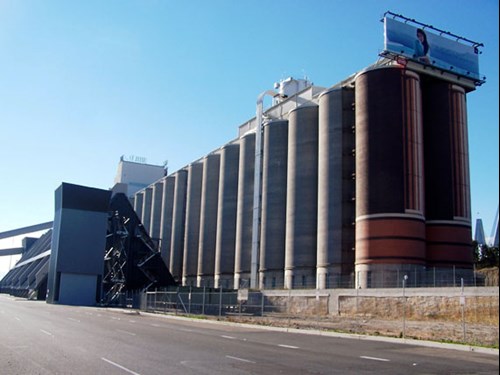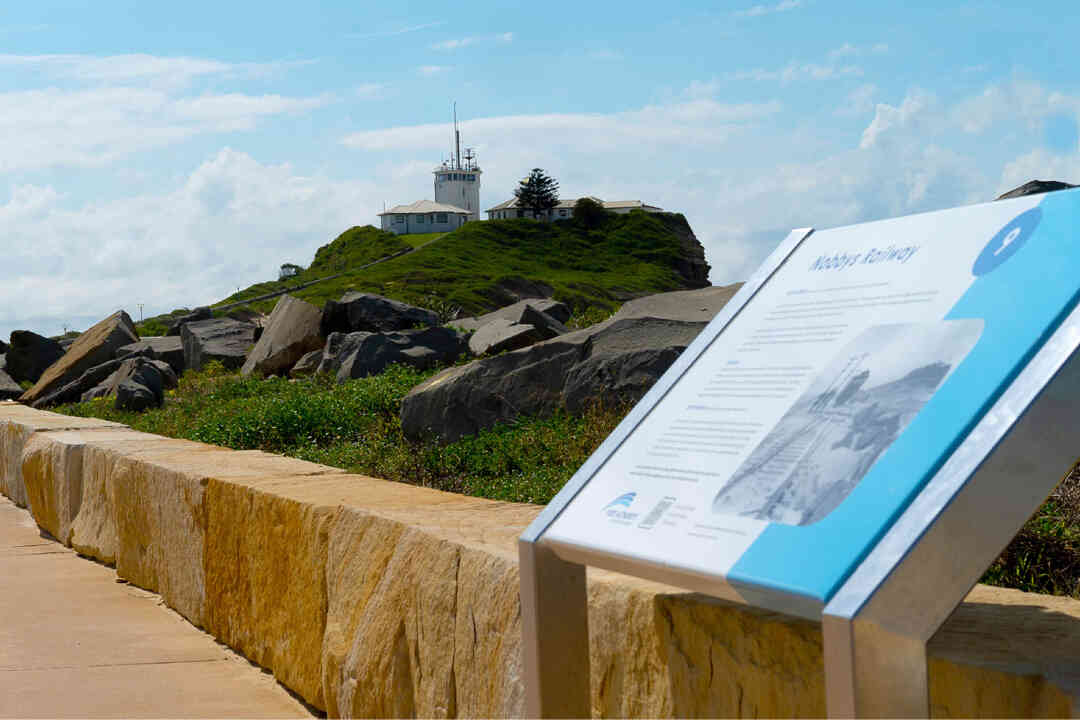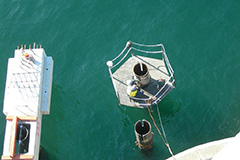Port Authority is required to maintain a Heritage and Conservation Register under Section 170 of the Heritage Act 1977 (the S170 Register). The S170 Register lists Port Authority assets which have been identified as having State or local heritage significance. Many of the items on the S170 Register have been listed on other heritage registers as well, such as those of local Councils.
At present, Port Authority’s S170 Register contains around 40 items, including items of State and local heritage significance. Port Authority is currently reviewing and updating its S170 Register and once finalised and provided to the Heritage Council of NSW, it will be made available here. In the meantime, for more information about the Register please contact [email protected].
Some examples of the heritage managed by Port Authority are provided below.
The Hornby Lighthouse is one of the oldest extant lighthouses in Australia. It is a prominent and picturesque landmark with long historic associations in connection with the operation and management of the Port of Sydney and with important organisations such as the Colonial Architects office, army and military network and NPWS. The Hornby Lighthouse is an integral component in a system of lighthouses and other harbour lights that ensure the safe navigation of the Port of Sydney. This system of lighthouses and light towers is collectively of State significance.
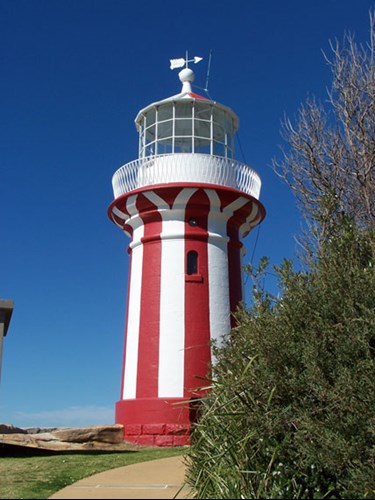
Grotto Point Lighthouse - Front Lead is of State significance as an integral component of the collection of harbour lights that ensure the safe navigation of Sydney Harbour by local and international shipping. It is of architectural and aesthetic significance as a rare and notable example of a purpose built structure housing a navigation aid and it is a visually prominent landmark at the entrance to Sydney Harbour.
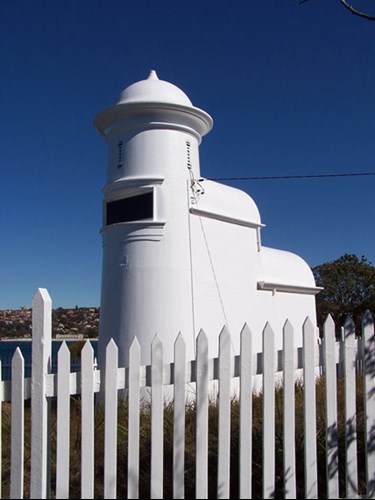
The light is of State significance as part of a group of navigational lights and beacons that collectively form the core of the navigational system for Sydney Harbour which enable it to operate as a world class port. The Lighthouse is of architectural significance as a notable example of a purpose-built structure housing a navigation aid. The tall imposing tower has architectural quality and is a dominant feature of the maritime landscape of Middle Harbour, particularly when viewed from the direction of the Heads. It has visual unity with Grotto Point Lighthouse.

Glebe Island Grain Terminal is a seminal site in the development of the bulk wheat storage and export industry in Australia. As such it has a pre-eminent position in the historical development of one of Australia's most important primary industries. It was the first and most important of the port terminals and encompassed technologies that were specific to the industry and influential in the development of that industry throughout the country. The first construction phase is particularly noteworthy because of the circumstances of its wholly imported design and technological expertise.
The carefully planned and integrated system, by the 1930's, was considered to be one of the largest, most efficient and well planned installations of its type. The fabric contained within the site, although compromised by alterations and missing elements is capable of demonstrating and recording the evolution of the industrial processes that evolved over several decades. The silos, in particular are the most visible and easily interpreted elements of that former use and form a powerful and well known landmark. The site also has significance for its associations with, and demonstration of, Commonwealth and State government initiatives.
